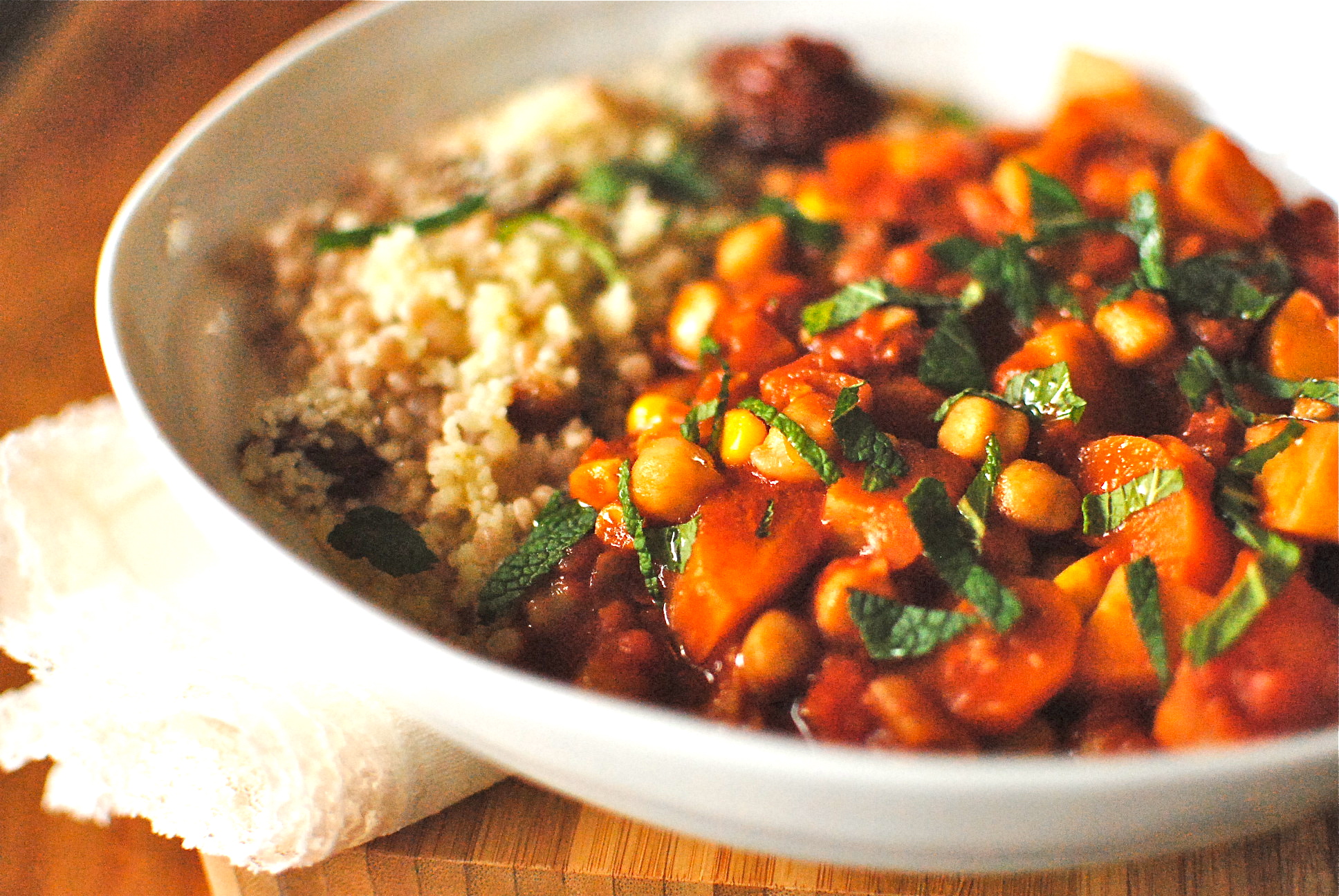A real mishmash of flavors – this is how Telegraph cuisine looks like in a nutshell. To complement the picture, we can say that it is one of the sharpest in the world. Is it worth reaching for it? Of course it is!
The devil is in the details
Tunisians owe their flavors to Mediterranean, French, Arabic and Middle Eastern influences. This real fusion is a beautiful reflection of the extraordinary wealth of a country whose traditions date back over 3,000 years. During this time, people from various cultural backgrounds, whose heritage is also manifested in the culinary dimension, settled in there.
On the Tunisian tables, dishes based on tomatoes, red peppers, olive oil, lamb or seafood reign. The secret of Tunisian specialties is, of course, aromatic spices, among which turmeric, mint, anise, cumin, cinnamon and saffron occupy a special place. Tunisia’s showcase is also harissa , i.e. a paste based on chili and garlic with the addition of coriander, cumin, cumin and olive oil. It is the same as sambal oelek for Asian cuisine and salsa for Mexican. The sharpness of the dishes depends on the region in which it is served. It has been accepted that more expressive and spicy dishes are served in the south of the country, because the north is besieged by tourists, which means that the flavors must be more subdued.
Couscous, brik, zgougou and other delicacies
Tunisian cuisine is also distinguished by the way it prepares dishes. It is hard to find quick recipes in it – the vast majority of dishes are prepared with great care and reverence, very slowly, on low heat. All this to bring out the full depth of their flavors. The function of fast food is only brik au thon : a kind of thin dough dumpling (consistency resembles French and strudel at the same time) with stuffing. The traditional stuffing consists of onions, parsley, mashed potatoes, tuna, capers and a raw egg. It is usually deep fried, but you can also bake it. The trick is eating a brik (and this is done without cutlery) so that the egg does not spill out.
A national dish for Tunisians is couscous . Its base is of course a small porridge of the same name. For us, just pour boiling water over it, but local Tunisians first cook wheat grains, then grind them into a small porridge, which they slowly steam in a special dish. Then it is prepared in many ways – with the addition of meat, seafood, stewed or cooked vegetables. Only in Tunisia will you eat couscous with fish or sweet.
Another specialty is choucha , which is a portion of lamb’s shoulder, which is rubbed with a sauce of olive oil, salt, a little mint, cayenne pepper and turmeric and then bake covered. slata mechouia will certainly go with this – a salad made of finely chopped, grilled, green peppers, tomatoes and garlic, spices, olive oil, to which tuna, hard-boiled eggs, olives and capers are added.
It’s definitely time for dessert. Tunisians even eat fresh fruit, in particular dates and figs. This does not mean, however, that they do not have confectionery specialties. One of them is certainly zgougou . It’s a kind of sweet pudding made from ground pine seeds. Everything is covered with vanilla cream and decorated with nuts. Noteworthy are tiny cookies reminiscent of Turkish baklava. You can’t eat them too much because they are amazing with sweetness. After the meal, mint tea or coffee in Turkish or Arabic is usually served – always with the addition of cardamom. Tea is drunk from tiny glasses often with the addition of roasted almonds or pine nuts.
Did you like it? Now you have nothing left but to go to Tunisia!


Leave a Reply